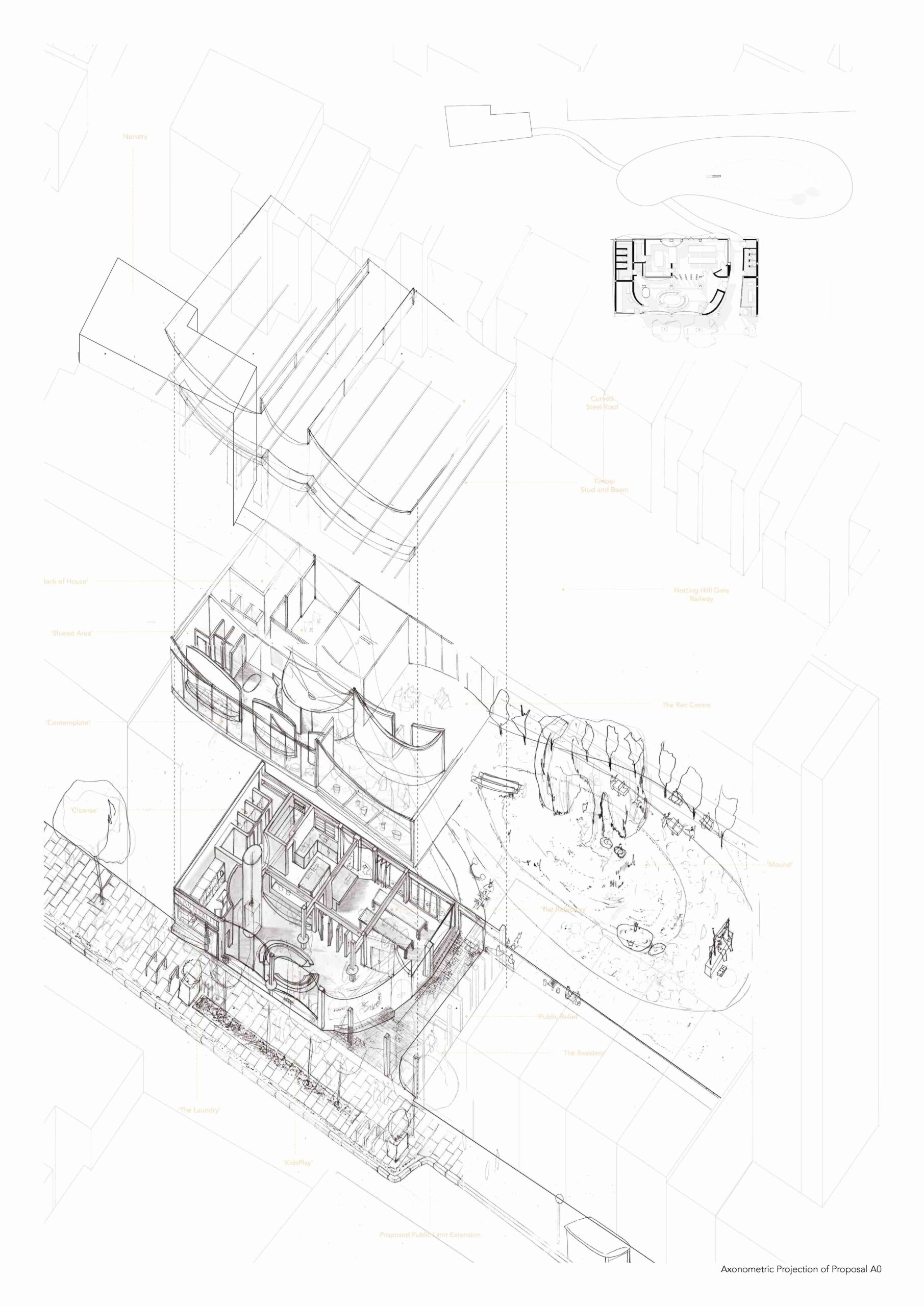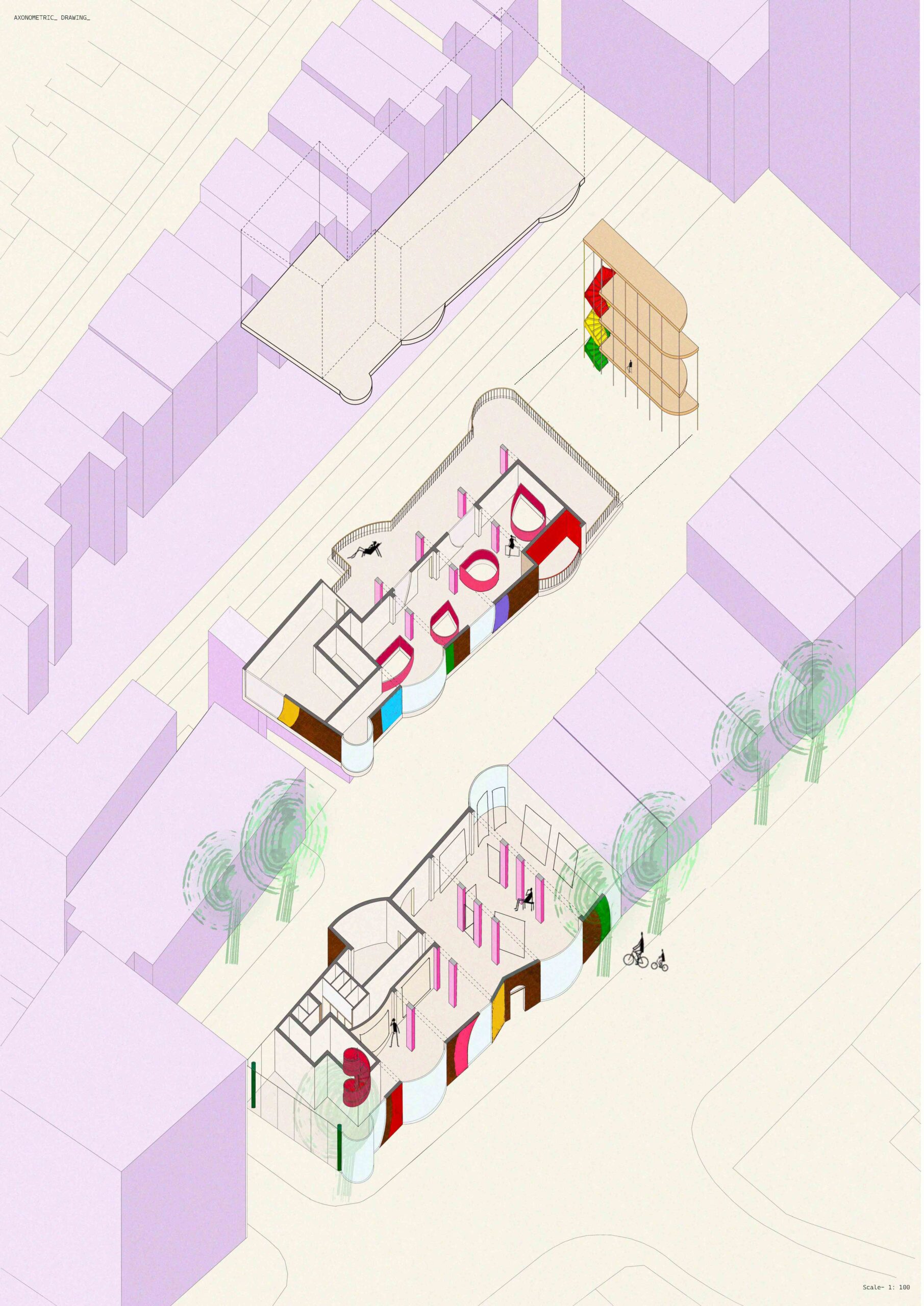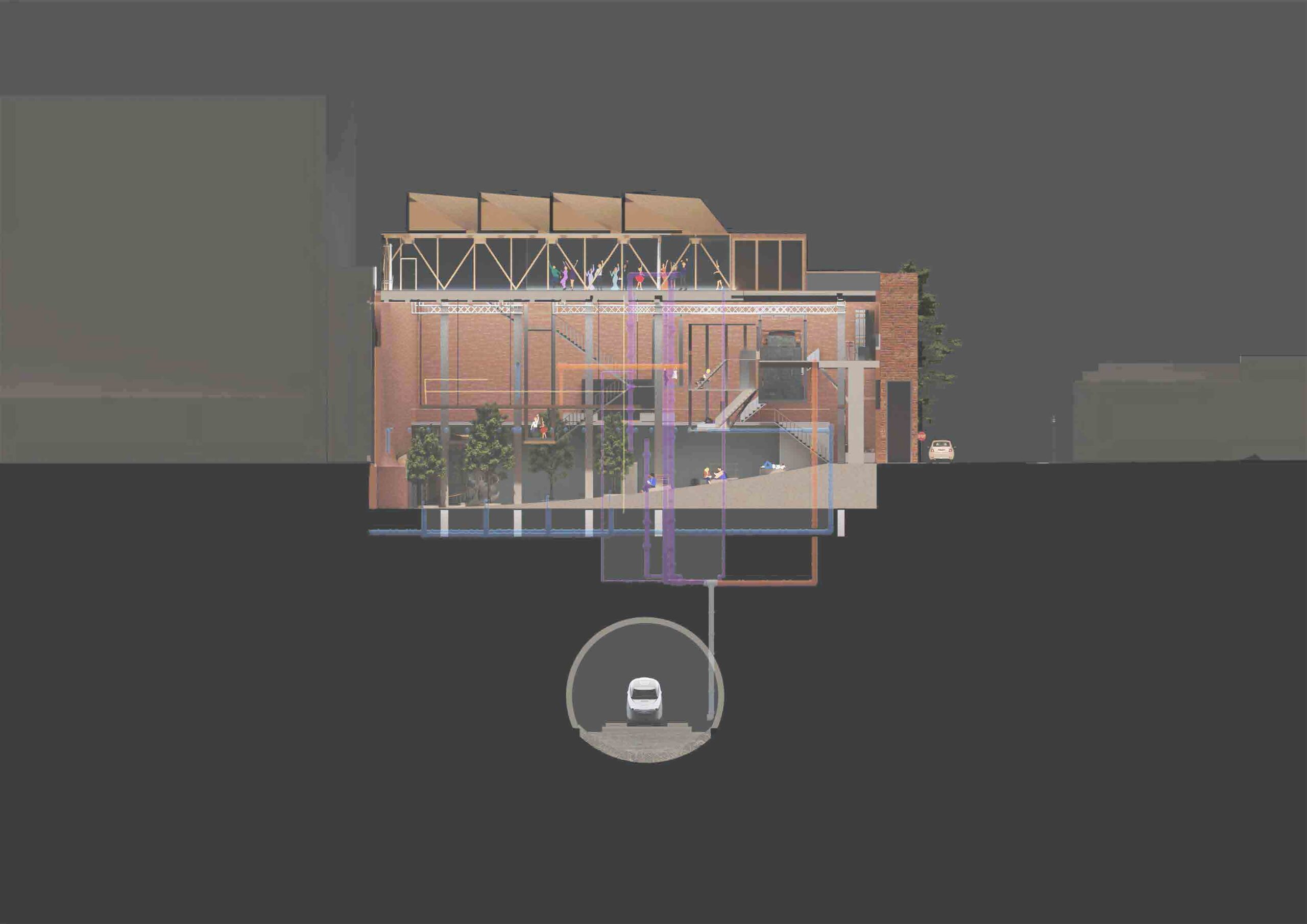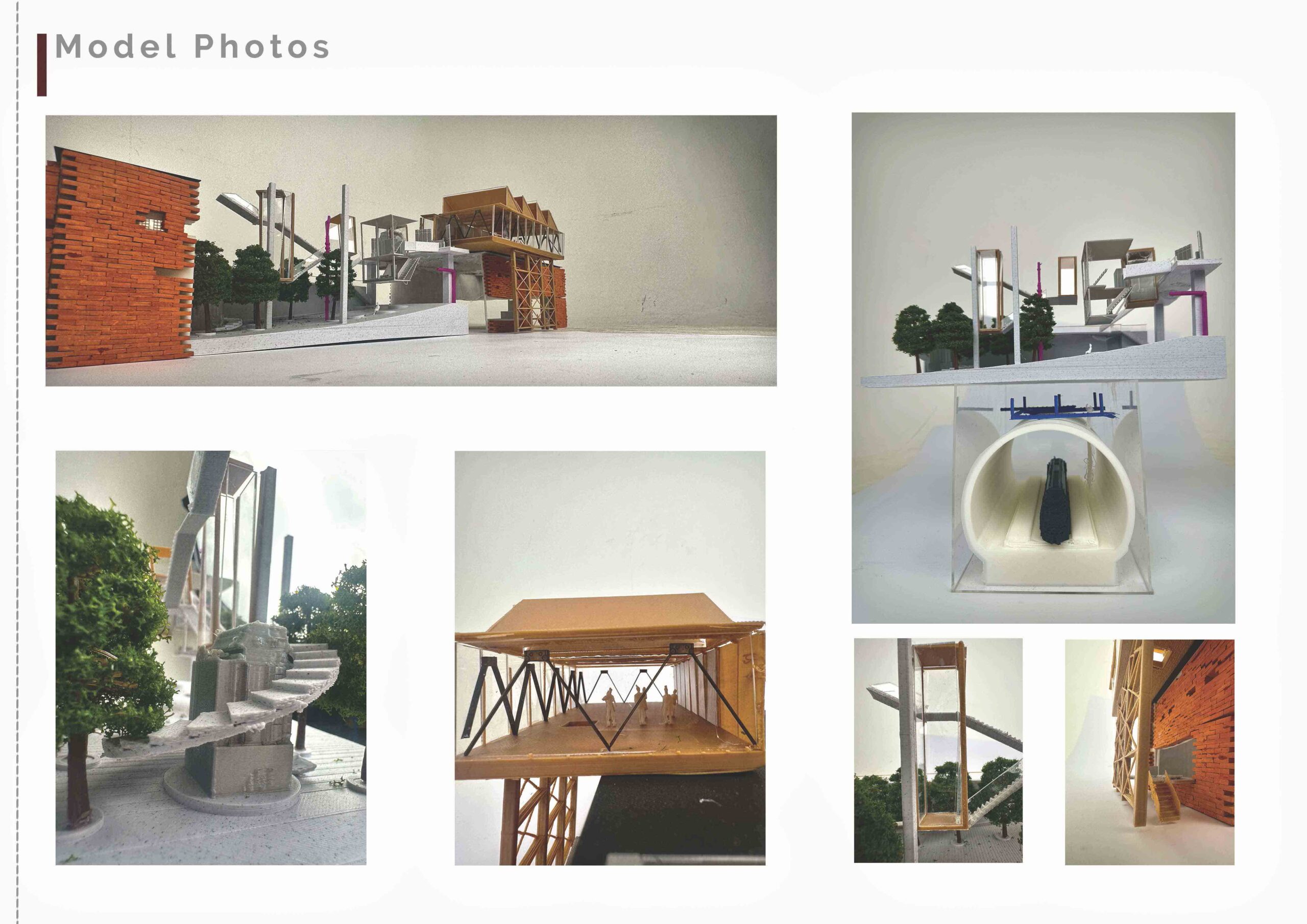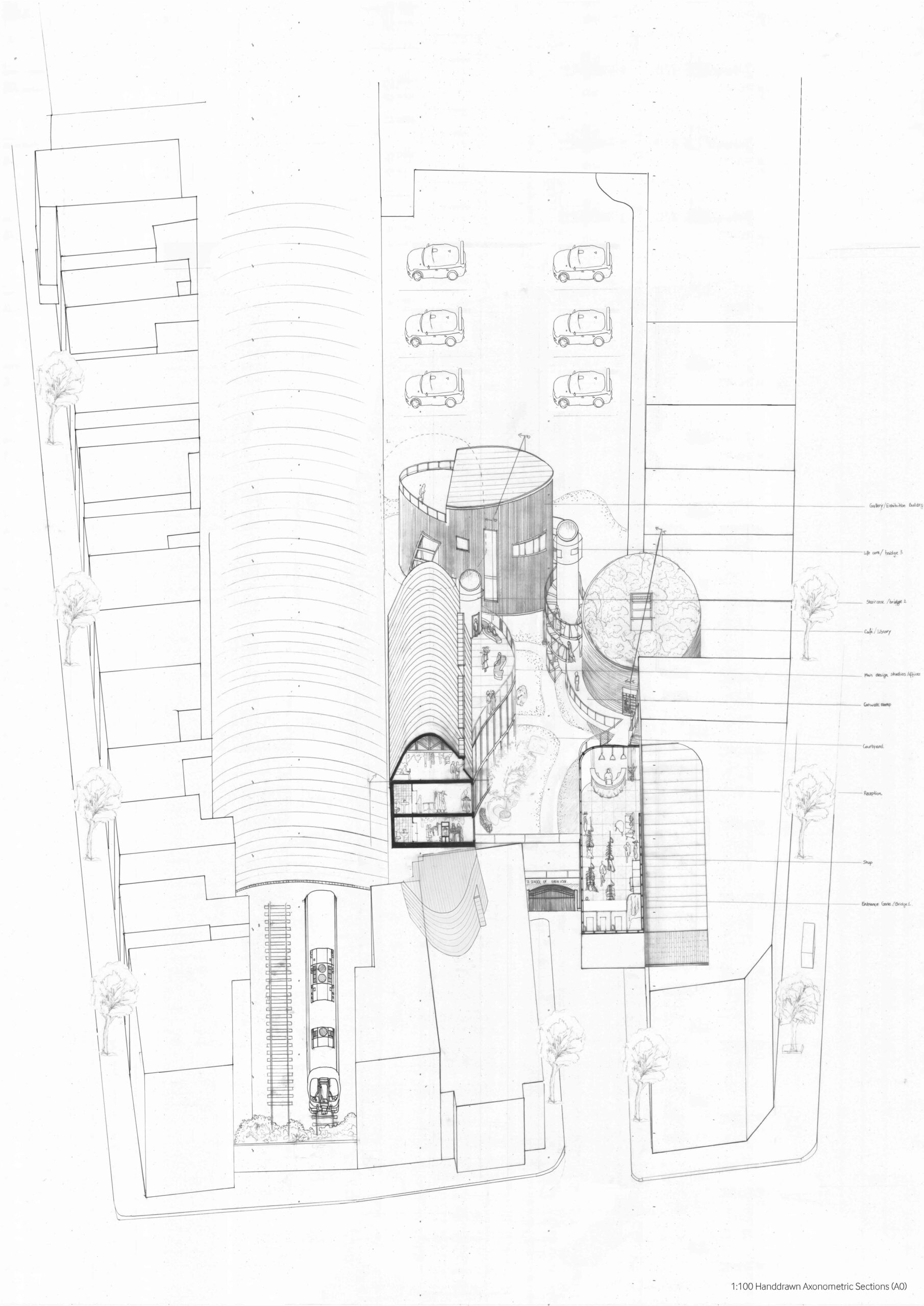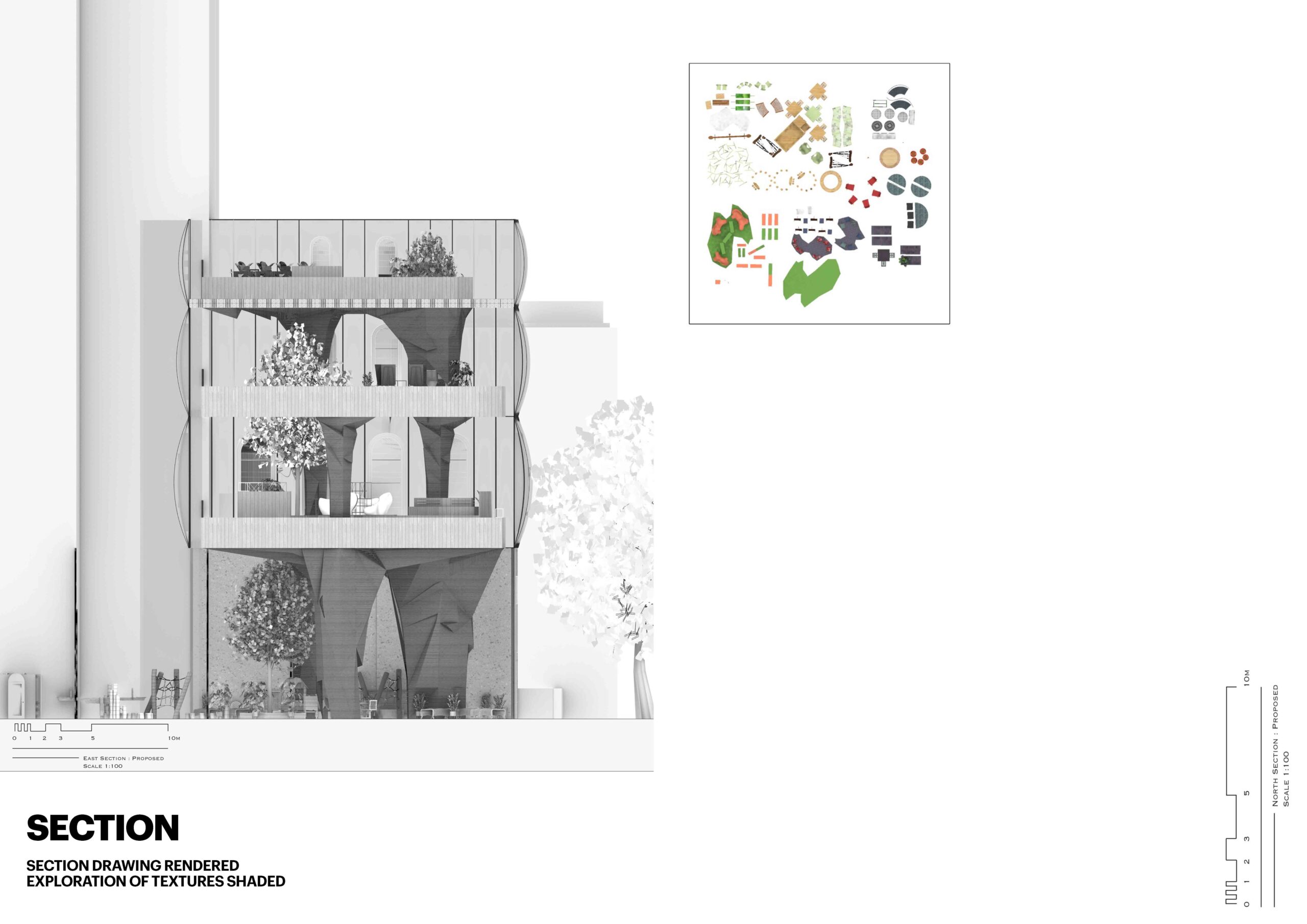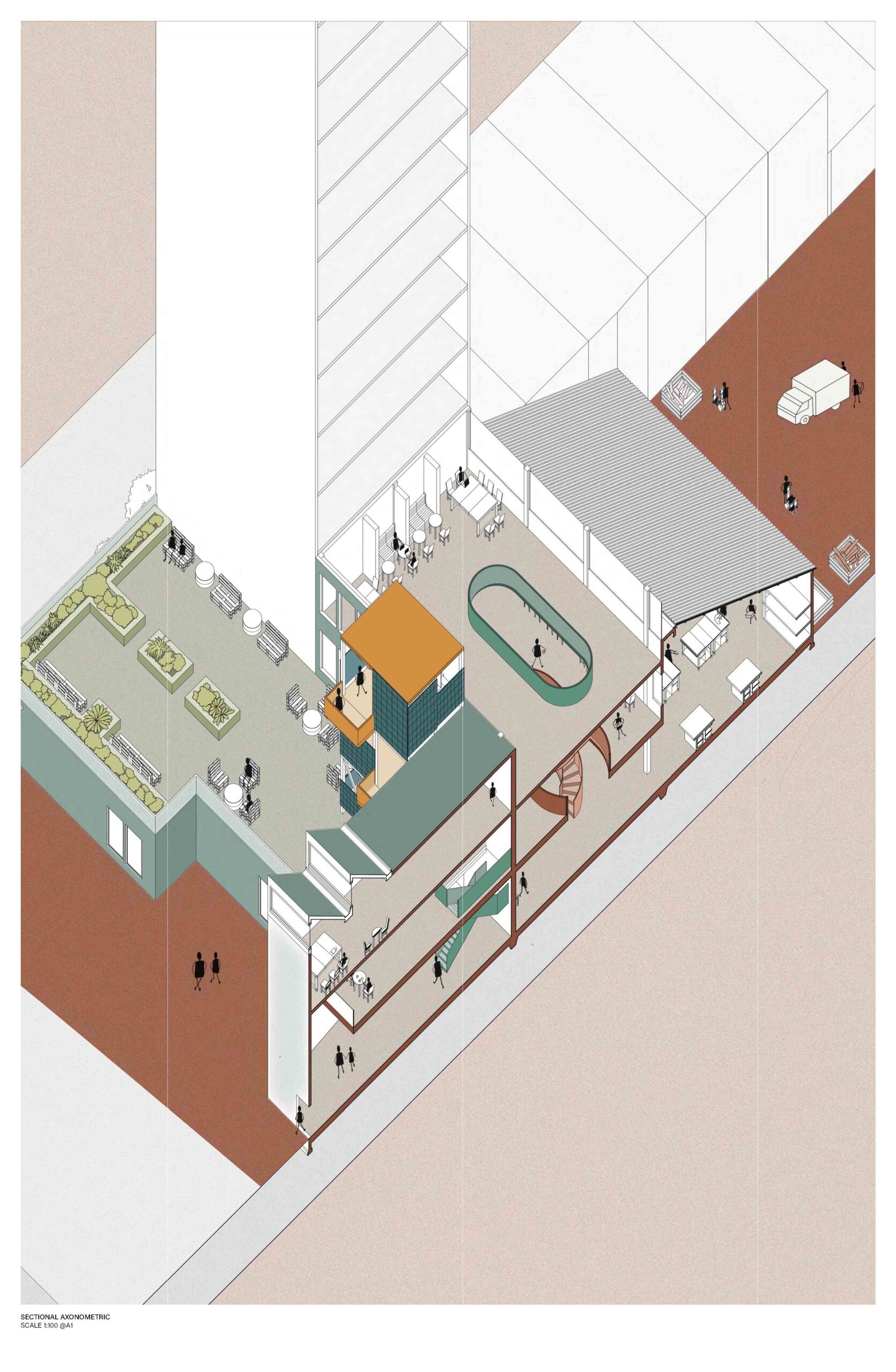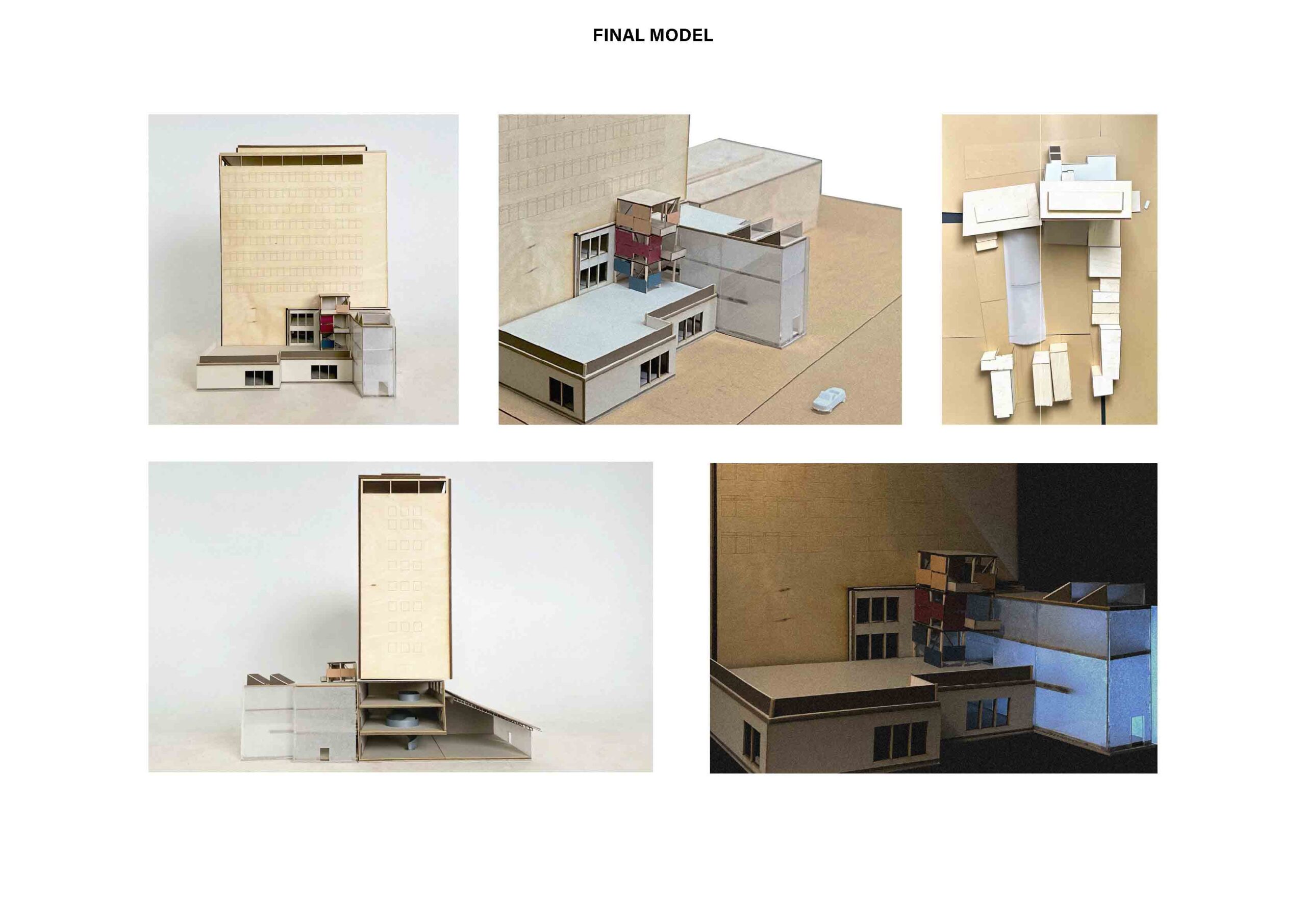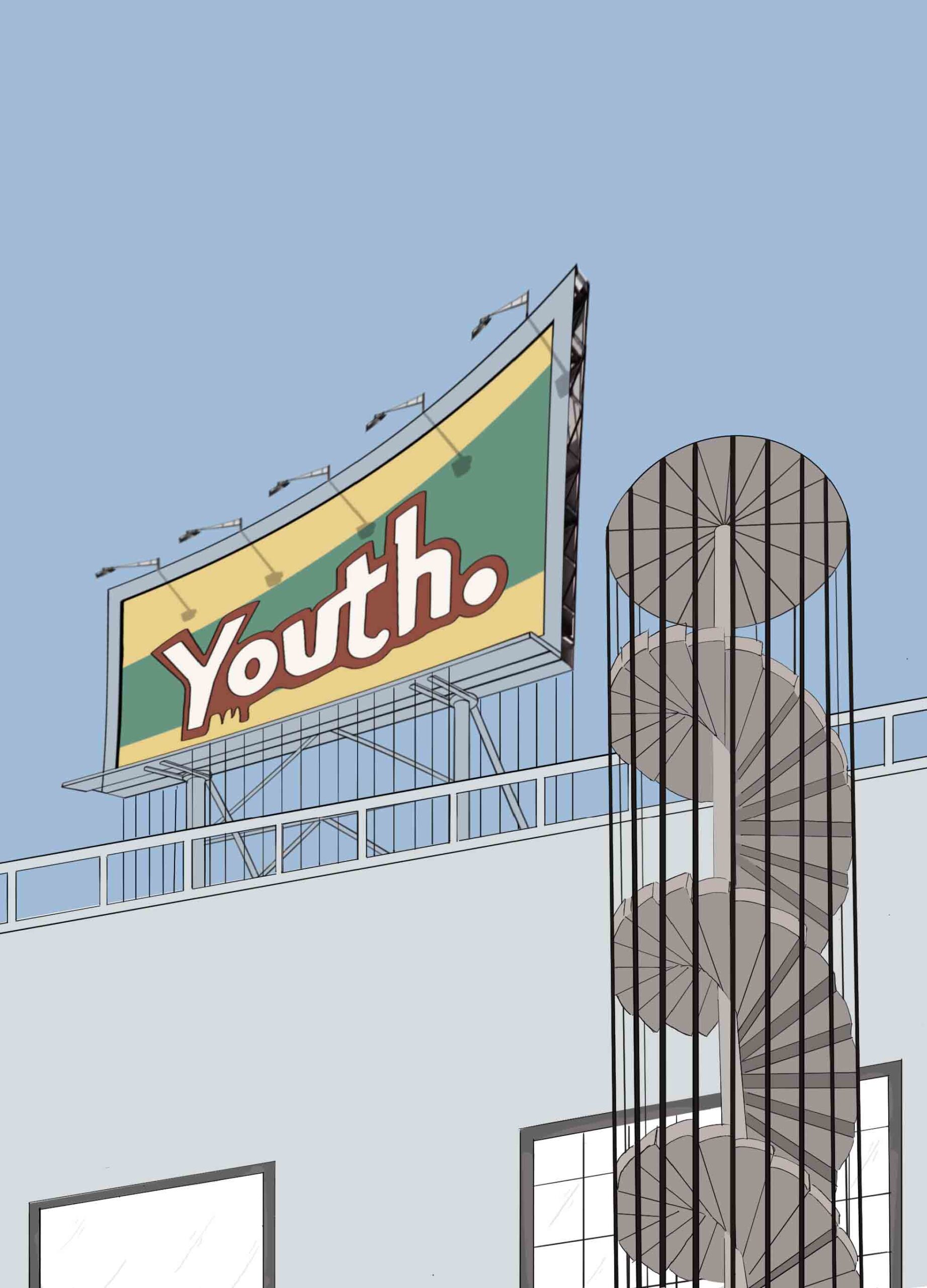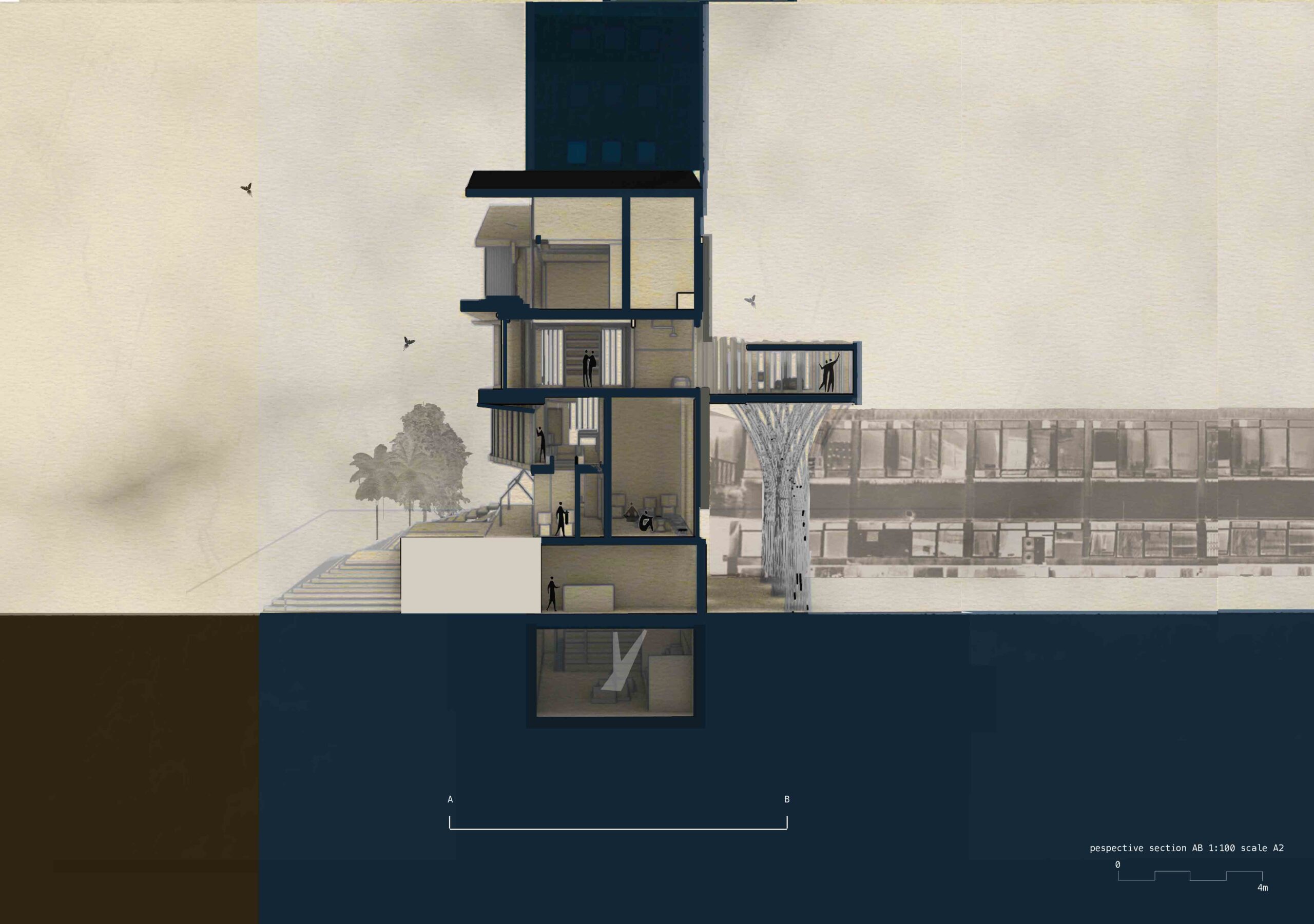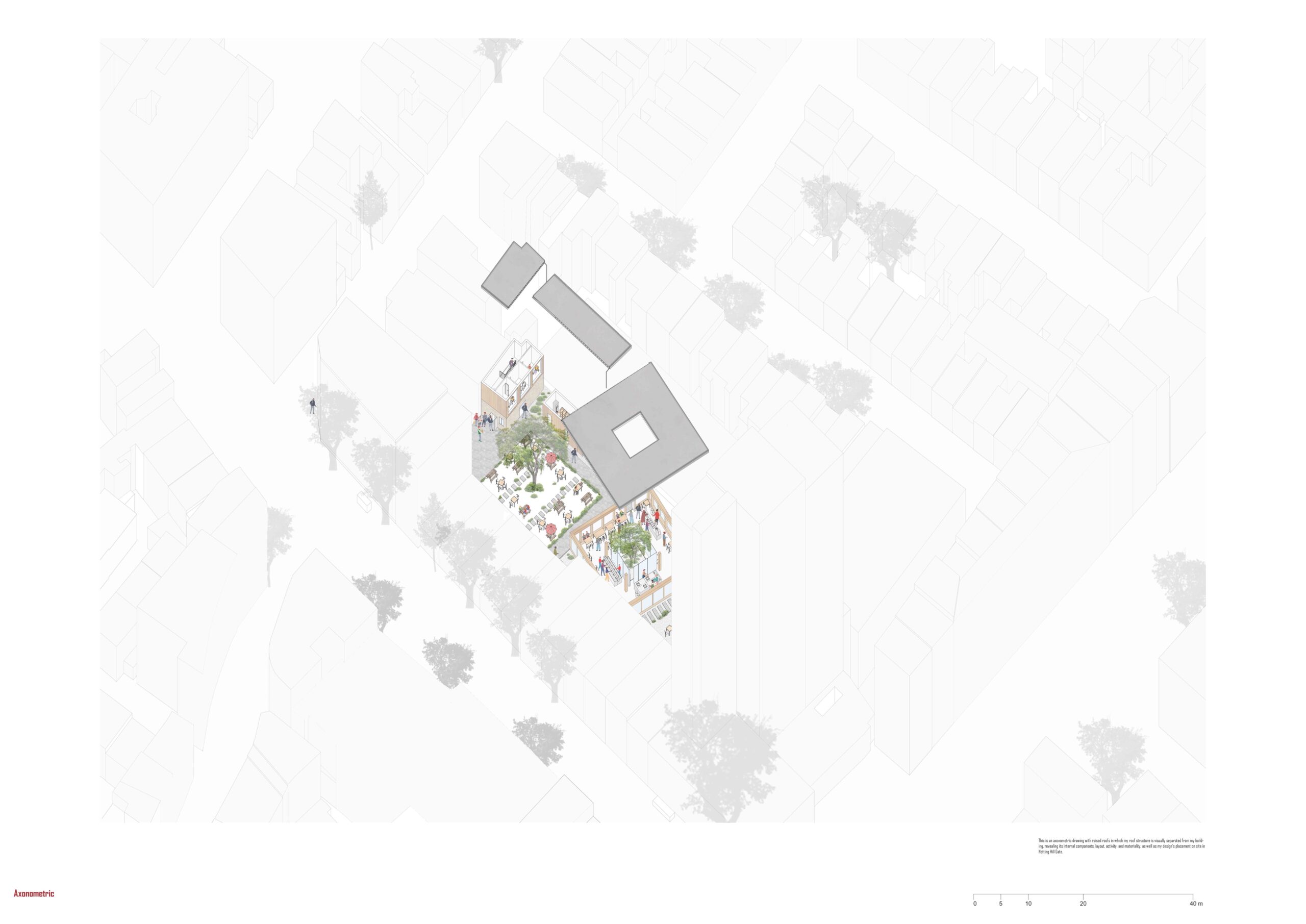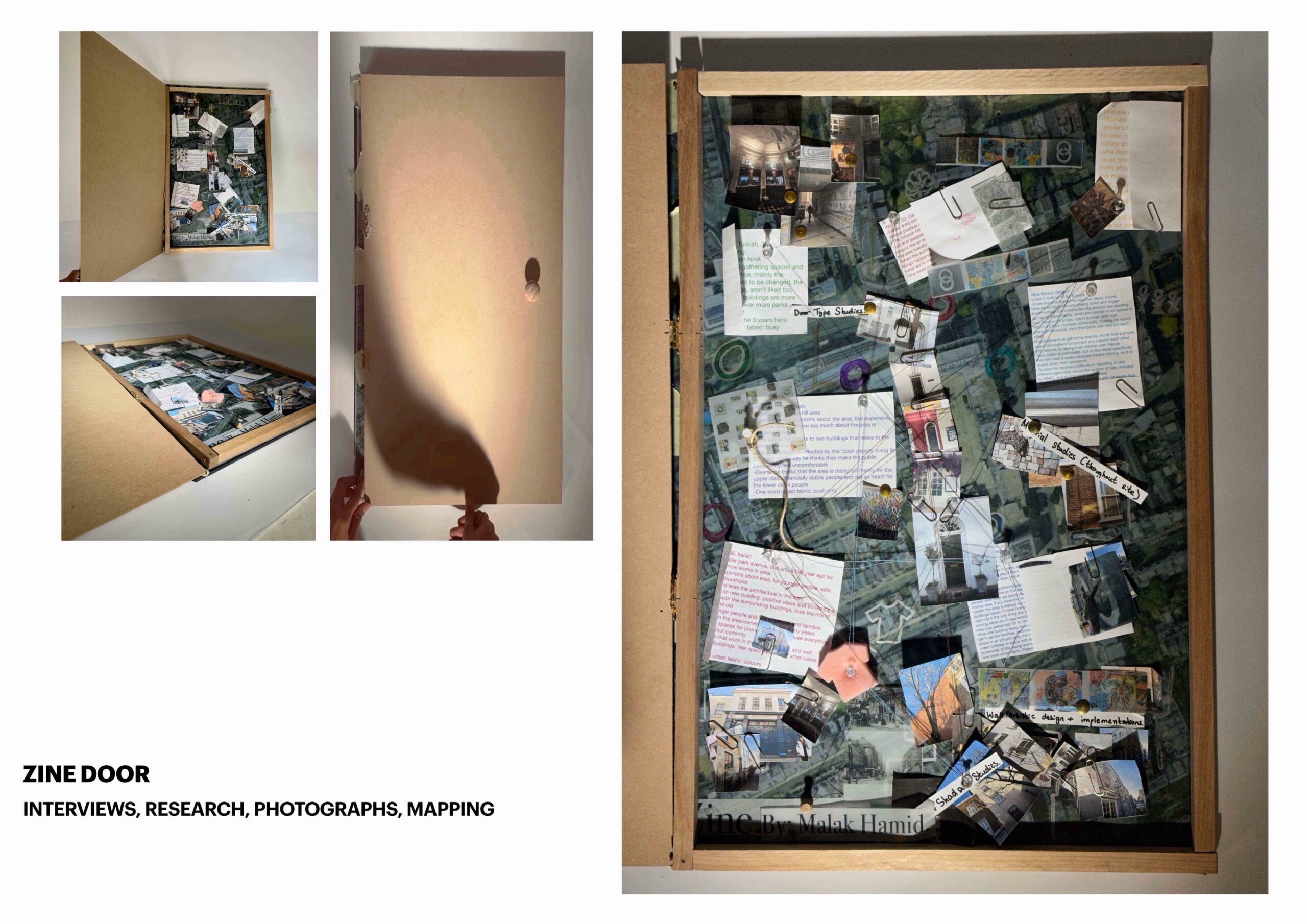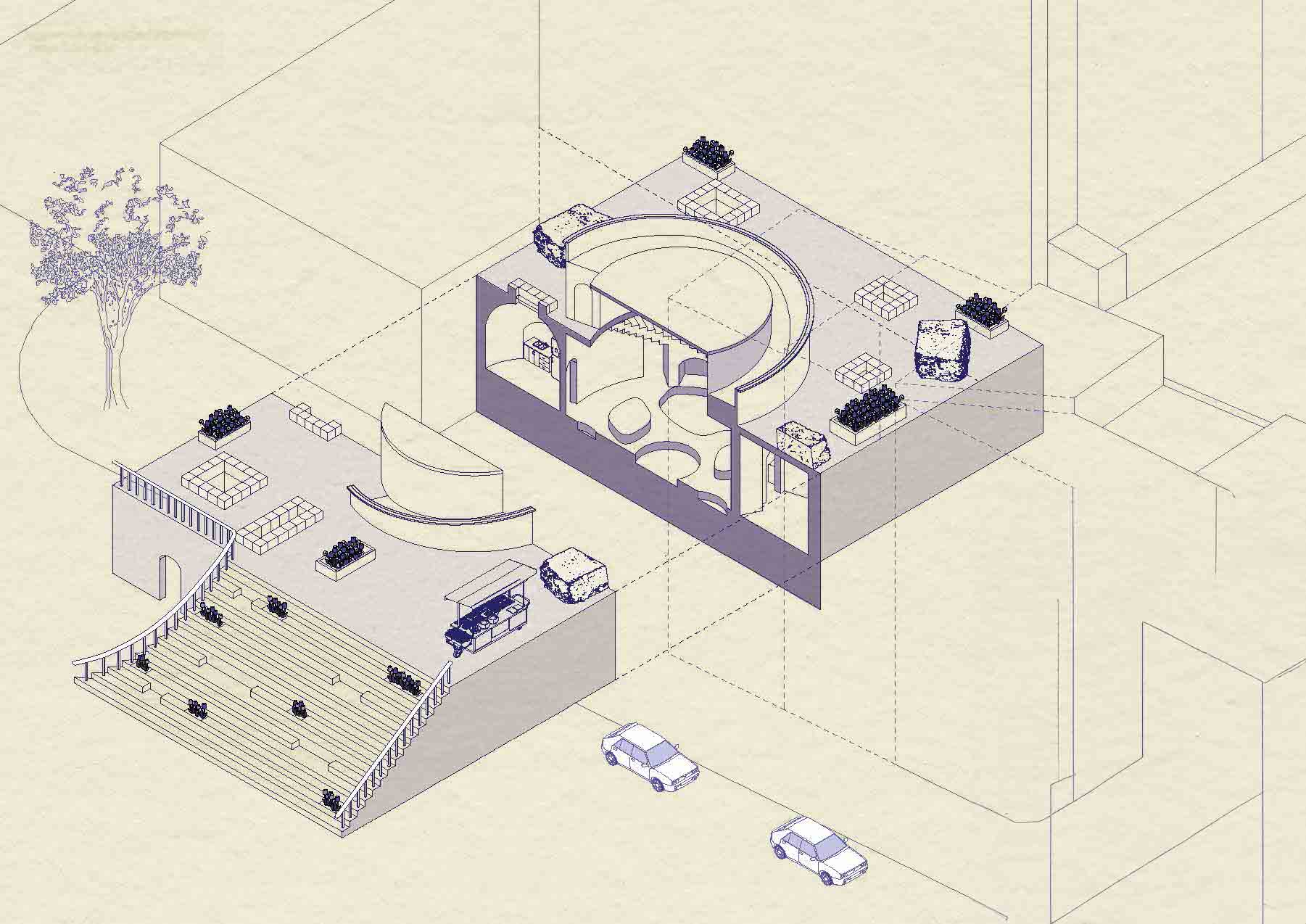Design Studio (Two) Five BA Architecture
Nasios Varnavas & Tadeas Riha
Nasios Varnavas is the co-founder of collaborative studio, Urban Radicals. UR was selected to design and curate the Cyprus Pavilion at the 17th Architecture Biennale in Venice, and in 2021 was named one of the Best New Architects by Archdaily. The studio was part of the Young Architects Residency 2021/22 at the Architecture Foundation.
Tadeas Riha is a registered architect and works at 6a architects in London. Most recently, he was project architect for the Holborn House Community Centre, Bloomsbury. Tadeas was one of the curators of the Estonian National Pavilion at the 16th Venice Architecture Biennale.
DS2.5: Gathering Infrastructures
Students: Veronia Abdelshehid, Ranim Alnouri, Neda Domnori, Emir Can Elcin, Danyaal Fox, Malak Hamid, Nina Klodt, Eryk Karys, Caroline Moisa, Ellie Monk, Namar Nazer, Aarohi Pathak, Jose Romo Otalora, Umi Sakai-Stoute, Berfin Saygili, Viktoria Voitechovic, Della Wendha, Enida Xhaferaj
DS2.5 aims to study what institutional assembly buildings are today and re-imagine what they can become in 2030. Sited in, and learning from, the Notting Hill Carnival, the studio’s project this year intervenes with the everyday fabric of the city, plugging into and subverting the existing streets and vacant buildings into gathering infrastructures accessible to all.
Semester One – Carnival Day
Throughout its history, the Notting Hill Carnival has negotiated a delicate position between the festive and the subversive. Starting as a black Caribbean protest in 1966, even today, under the spectacle of an annual festival, the potential of resistance and protest lie hidden, in turn provoking efforts for containment, policing and control.
The event serves as a point of entry to understanding a London neighbourhood with large income differences, affluent houses, and embassies as well as post-war public housing and infrastructure. Informed by the Carnival, the students selected Golborne Road as a site for extending its Parade, each imagining a unique event and spatial infrastructure required to support it.
Semester Two – Everyday Assemblies
While Semester One focused on the carnival event, an exception to the routine, Semester Two saw students investigate and intervene with the everyday urban fabric of Notting Hill. Choosing an existing city block in the process of commercial redevelopment, the students were asked to re-imagine its imminent future, solidifying their unique temporary projects into the physical and operational use of an existing block on Notting Hill Gate Road. Carrying over research, interests and programmes from Semester One, the individual projects collectively reconnect the closed-off Notting Hill Gate to the city and critically approach the proposed redevelopment to create something for the community.
Guest Critics: Dalia Amellal (WXY), Francesco Cavaliere (DCA), Derin Fadina (Barr Gazetas), Charlotte Grace, Amy Kempa (Nissen Richards Studio), Laurence Lumley, Matei Mitrarche (2XMA), Dylan Radcliffe Brown (6a Architects), Shukri Sultan (Afterparti), Anny Stefanou (Make Architects), Seb Tiew (Cream), Ming Teong (Erect Architecture), Perle Van De Wyngaert (AL_A), Paolo Zaide
Special thanks: Giudi Di Gesaro (Coronet Theatre), James Pockson (IDK), Roland Reemaa (llrrllrr), Hackney School of Food, Czech Embassy London










